
In the 2nd Exhibition Hall many kinds of relics by each genre are exhibited, which have been excavated from the Bokcheon-dong Ancient Tombs. In addition to this, there are other exhibitions of remains that have been excavated from neighboring places, through which you can see the character of the Bokcheon-dong Ancient Tombs by comparing them with such other exhibitions.
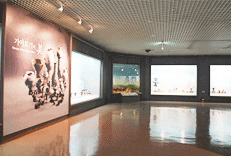
From the Bokcheon-dong Ancient Tombs many kinds of relics have been excavated of clay earthenware, including legged dishes, bowl saucer, wooden jar, etc. The clay earthenware is made in the high temperature above 1000℃, and it has almost no absorptiveness.
You may see the character of coexistence of the previous soft earthenware and the new clay earthenware through the earthenware around 4th century. From this time began the earthenware cultures of Three Kingdom period. You can see this through the changes of the earthenware of the Bokcheon-dong Ancient Tombs that had been made from the early period of 4th century to the latter half of 5th century. Especially, the deformed earthenware like the ones either in the shape of shoes or in the shape of a duck or in the shape of horse head, etc. not only shows excellent beauty of sculpture but also enables us to understand the ceremony at that time and both the soul and ideas about the deceased. The earthenware in the shape of an animal was made in connection with the worshiping faith in the property of such animal. People in that time made the earthenware in the shape of a duck, believing that a bird would bring the soul of the deceased to the afterlife from this life. In this connection, it is also said that there were the customs of putting a feather of a bird into a tomb.
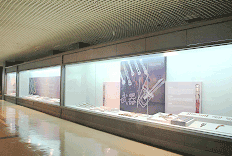
The iron in the era of Three Kingdoms was not only the symbol of wealth and power as the material for agricultural machines and implements, weapons, armor but was used as the means for overseas exchanges. From the Bokcheon-dong Ancient Tombs were unearthed the largest quantity of lump of iron, the mass for ironware, for the single relics.
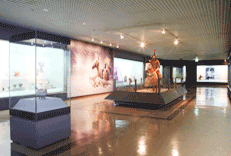
Among the single groups of tombs, the Bokcheon-dong Ancient Tombs is one of the remains where the largest quantity of armors and helmets were found. Especially from No. 11 tomb, an iron armor was excavated, which was fully equipped with a helmet, neck cover, shoulder cover, shin cover, arm cover, etc.
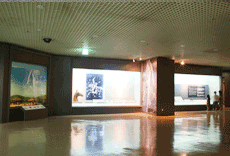
From the Bokcheon-dong Ancient Tombs all kinds of horse harnesses, including a gag, saddle, footstep and accessories for the horse and other things to protect the horse such as horse armor, horse head cover, etc. were excavated, from which we can see that the Gaya group enjoyed excellent horse-riding cultures from earlier times.
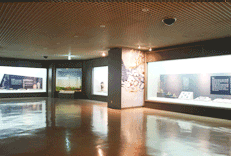
From the Bokcheon-dong Ancient Tombs two(2) gilt-bronze crowns, an earring, a bracelet, a necklace made of glass bead, etc. were excavated. It seems that they were used habitually not only for the purpose of aesthetic decoration but as the symbol either of power or of social status. The personal ornament that was excavated in the largest quantity was the necklace made of glass beads. The glass beads had been widely used as the material for personal ornaments since the era of Samhan due to the influence of China. Thereafter, when the era of Three Kingdoms began, as the skill to make the bead had been improved further, beads in various shapes were produced. Among those, the gilt-bronze crown excavated from No. 1 tomb was decorated in the form of the Chinese character “出”, similar to those unearthed in Gyeongju, Daegu, Changnyeong, etc. The gilt-bronze crown excavated from No.11 tomb, which has a peculiar decoration of the branches of a tree, is known to be the oldest one among those found in the southern area of Han River. As for the earring, there are products made of gold or gilt-bronze, most of which are in simple form only with small hook, without any dangling ornaments.
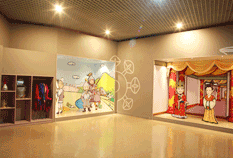
In the 2nd Exhibition Hall History Experience Corner, Video Corner, etc. are provided. The visitors may take photos in the photo zone after putting on the reproductions of ancient clothing and ornament, gilt-bronze crown, armor and helmet available for them.